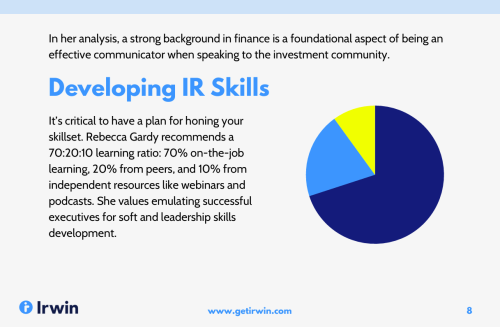A strong commitment for US mega-cap equities is a key position taken by Todd Jablonski, chief investment officer at investment boutique Principal Portfolio Strategies, in an in-depth analysis of the benefits of the asset class.
In an investment note, Jablonski writes: ‘With uncertain global economic growth, favoring mega-cap stocks over small caps can provide US equity exposure while potentially avoiding needless portfolio turbulence. If the Federal Reserve cuts rates this year – as markets expect they will – [and the Fed did this week] it may further strengthen the case for US mega caps.’
Jablonski adds: ‘While shorter-term forces support our current preference for US mega-cap equities, our overweight for the asset class is rooted in a defensive posture within a ‘true north’ asset allocation. ‘True north’ is what we’d call our long-term, average risk appetite.’
Jablonski observes that markets are transitioning from the high-return, low-risk global investment landscape that’s existed since the market trough (March 2009) until the peak (April 2019). ‘This time frame – along with other inputs – informs our current overweight to US mega-cap equities,’ he states.
US mega caps have been the absolute return ‘winners’ during this period, and posting a 147.6 percent cumulative total return – when viewed in a peak-to-peak timeframe, says Jablonski. ‘US mega caps hit triple-digit cumulative returns, while other developed markets [in dollar terms] returned less than 20 percent. That’s an astounding gap.’
So what’s behind the US mega-cap total return numbers? ‘The consumer and technology renaissance that has driven the US market since 2007,’ notes Jablonski. ‘The biggest increases were in the communications services, consumer discretionary and information technology sectors in the mega-cap space.’
Jablonski notes that expectations for earning-per-share (EPS) growth for US mega caps in the year ahead are 5.85 percent – that is far more modest than October 2007’s 12.3 percent aspirations. ‘In the US, by our historical earnings-growth measures, mega caps are decelerating from robust levels,’ he adds.
As of 2019, investors are paying a higher price-to-earnings ratio multiple for US mega caps versus 2007. ‘The higher multiples are consistent across cash flow measures, though the small valuation premium appears justified,’ notes Jablonski. EPS growth is triple what it was in 2007, and return-on-equity – a measure of quality and profitability – is significantly higher.
Jablonski adds: ‘US mega caps have become even more mega. The weighted-average market cap of the top 100 names in the US universe more than doubled over the period – further testament to the importance of those technology and consumer exposures.’










